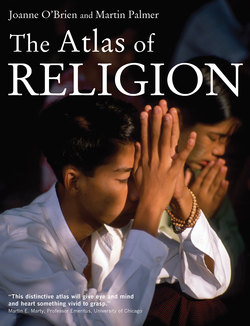Читать книгу The Atlas of Religion - Joanne O'Brien - Страница 50
На сайте Литреса книга снята с продажи.
ОглавлениеUntil the 1960s, attitudes towards religious education were largely polarized. In many countries it was not offered at all, either because of the separation of Church and State (as in France and the USA), or for ideological reasons (as in China and the USSR). In others, it was used to propagate the majority religion of the country (as in Saudi Arabia and the UK). Over the last 50 years there has been a shift and, where religious education exists, multi-faith education is increasingly the norm, although in many countries there is still a lively debate about whether the majority religion should be accorded special status. The former communist countries of Europe have undergone a huge shift since the early 1990s. From a complete ban on religious education under communism, a number of them have moved through a period where responsibility for religious education was held by the dominant religious tradition – Russian Orthodoxy in Russia, and Catholicism in Poland – to a situation where there is now a demand for multi-faith education. This has led to struggles between the Churches and the state education authorities. In many countries where there is no state religious education, religious groups run classes within the context of faith schools.
